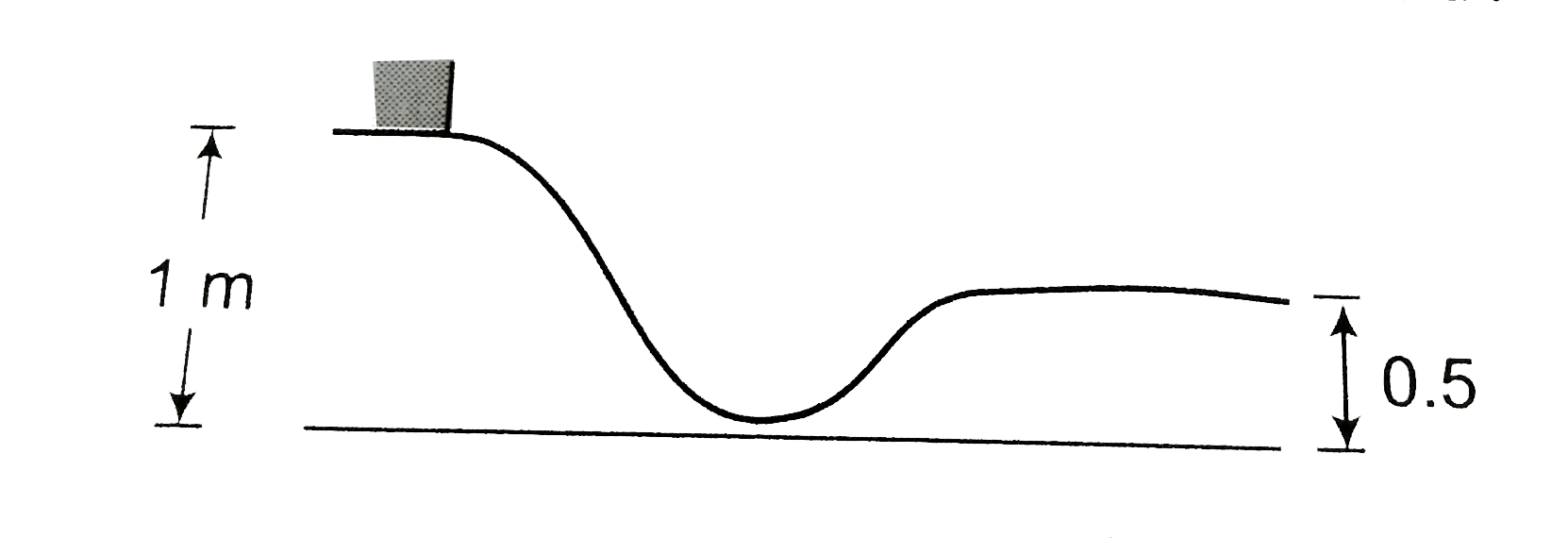Teminism is
a reverse central dogma
a central dogma of molecular biology
a circular flow of hereditary material
an effect of cytoplasm on functioning of DNA
The correct Answer is:A
Step-by-Step Solution:
1. Understanding the Term "Teminism":
- Teminism is a theory in molecular biology that was introduced by scientists David Baltimore and Howard Temin in 1978.
Hint: Remember that Teminism is named after the scientists who discovered it.
2. Defining the Central Dogma:
- The central dogma of molecular biology describes the flow of genetic information: DNA is replicated, transcribed into RNA, and then translated into proteins.
Hint: Think of the central dogma as a one-way street of information flow in cells.
3. Introducing Reverse Transcription:
- Teminism introduces the concept of reverse transcription, where RNA serves as a template to synthesize DNA, which is the opposite of the traditional central dogma.
Hint: Reverse transcription flips the usual flow of information; consider how this is different from the central dogma.
4. Application in Retroviruses:
- This reverse process is particularly relevant in retroviruses, which have RNA genomes and can convert their RNA into DNA using reverse transcriptase.
Hint: Retroviruses are key examples of where Teminism applies; think of viruses that use RNA as their genetic material.
5. Conclusion:
- Therefore, Teminism can be defined as the reverse central dogma of molecular biology, where RNA is used to synthesize DNA.
Hint: Focus on the term "reverse" to differentiate Teminism from the traditional central dogma.
Final Answer:
Teminism is a reverse central dogma.
- Teminism is a theory in molecular biology that was introduced by scientists David Baltimore and Howard Temin in 1978.
Hint: Remember that Teminism is named after the scientists who discovered it.
- The central dogma of molecular biology describes the flow of genetic information: DNA is replicated, transcribed into RNA, and then translated into proteins.
Hint: Think of the central dogma as a one-way street of information flow in cells.
- Teminism introduces the concept of reverse transcription, where RNA serves as a template to synthesize DNA, which is the opposite of the traditional central dogma.
Hint: Reverse transcription flips the usual flow of information; consider how this is different from the central dogma.
- This reverse process is particularly relevant in retroviruses, which have RNA genomes and can convert their RNA into DNA using reverse transcriptase.
Hint: Retroviruses are key examples of where Teminism applies; think of viruses that use RNA as their genetic material.
- Therefore, Teminism can be defined as the reverse central dogma of molecular biology, where RNA is used to synthesize DNA.
Hint: Focus on the term "reverse" to differentiate Teminism from the traditional central dogma.
Teminism is a reverse central dogma.
Topper's Solved these Questions
- BOOK - AAKASH SERIESCHAPTER - MOLECULAR BASIS OF INHERITANCEEXERCISE - Exercise-II (DNA finger printing)10videos
MOLECULAR BASIS OF INHERITANCE
- BOOK - AAKASH SERIESCHAPTER - MOLECULAR BASIS OF INHERITANCEEXERCISE - Exercise-III (Previous AIPMT/NEET Questions)35videos
MOLECULAR BASIS OF INHERITANCE
- BOOK - AAKASH SERIESCHAPTER - MOLECULAR BASIS OF INHERITANCEEXERCISE - Exercise-I (DNA finger printing)22videos
MOLECULAR BASIS OF INHERITANCE
- BOOK - AAKASH SERIESCHAPTER - MINERAL NUTRITIONEXERCISE - Exercise - III52videos
MINERAL NUTRITION
- BOOK - AAKASH SERIESCHAPTER - NEURAL CONTROL AND COORDINATIONEXERCISE - EXERCISE-III( PREVIOUS AIPMT / NEET QUESTIONS)33videos
NEURAL CONTROL AND COORDINATION
Similar Questions
Knowledge Check
- Question 1 - Select One
Assertion: Temin modified Crick's 'central dogma' to 'central dogma reverse'.
Reason: Crick was of the view that flow of genetic information in cells is bidirectional.AIf both Assertion and Reason are true and the Reason is the correct explanation of the Assertion.BIf both Assertion and Reason are true and the Reason is not the correct explanation of the Assertion.CIf Assertion is true but the Reason is false.DIf both Assertion and Reasom are false. - Question 2 - Select One
The vector having initial and teminal points ( 2,5,0) and ( - 3,7,4) respectively is
A−5ˆi+2ˆj+4ˆkB5ˆi−2ˆj−4ˆkC5ˆi+2ˆj+4ˆkD−5ˆi+2ˆi−4ˆk

The figure shown a particle sliding on a frictionless track, which teminates in a straight horizontal section. If the particle starts slipping from the point A, how far away from the track will the particle hit the ground?View SolutionTemin worked on virus
View SolutionThe teminator is located at _________ end of non template strand.
View SolutionFind the incorrect match
(a) Central dogma : F.Crick
(b) Reverse central dogma : Temin and Baltimore
(c) Split genes : Kornberg
(d) mRNA : Jacob and MonadView SolutionEight raindrops each of radius R fall through air with teminal velocity 6 cm s−1. What is the terminal velocity of the bigger drop formed by coalescing these drops together ?
View SolutionIn the above problem if m=1kg and teminal velocity attained by its is 4m/s after falling a height of 1m, the energy dissipated as heat till then is (g=10m/s2)
View Solution
